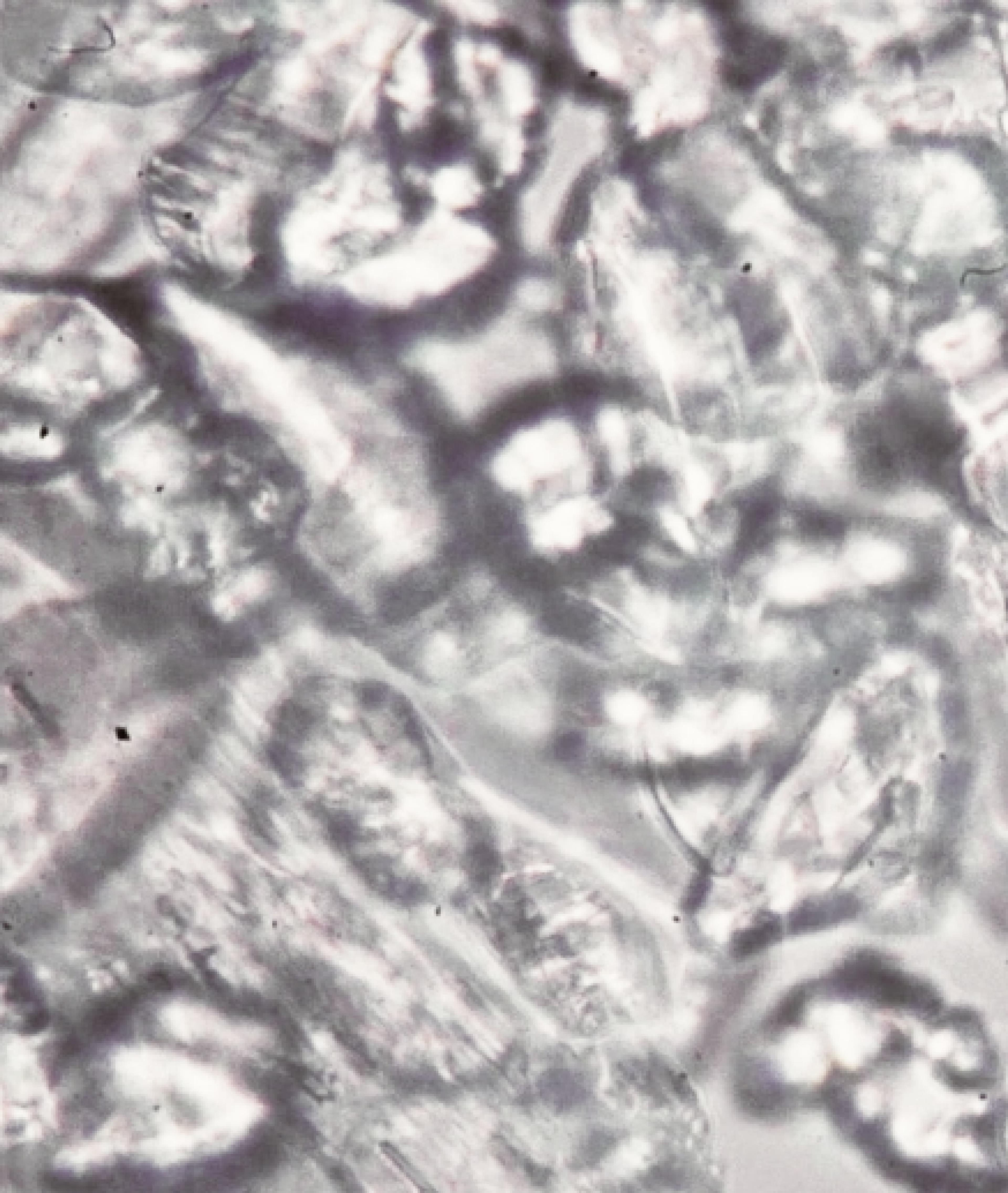pH and skin health
- Skin microbiome

One of the most interesting yet overlooked aspects of skin health is the pH of our skin. When we hear ‘pH’, skin probably isn’t the first thing that comes to mind- but maybe it should be. The pH of our skin can really affect a lot, from skin barrier integrity to the microbes present. Research also shows that specific pH levels are associated with increased risk of skin disease and wound healing properties! Here we’ll go through what pH is, why it really matters, and what we can do to support the pH of our skin.
What is pH?
pH stands for potential of hydrogen, indicating that pH is effectively a measure of the concentration of hydrogen ions (that is, protons) in a substance. In the context of this article, the pH level refers to the acidity or alkalinity of our skin, dictated by a scale that ranges from 0 to 14, with 7 being neutral. Understanding and maintaining a balanced skin pH is essential for optimal skincare and ensures that your skin stays in its healthiest state.
The ideal pH level of the skin falls in the slightly acidic range, around 4.5 to 5.5. When our skin maintains this natural acidity, known as the acid mantle, it acts as a protective barrier against various external factors, such as pollution, excessive water loss, and the growth of harmful bacteria.
Why does pH matter?
One of the most important benefits of a healthy pH level is the type of bacteria it supports. The acidic nature of the acid mantle helps to keep this barrier intact by preventing the growth of harmful bacteria. When the skin's pH is disrupted and becomes more alkaline, it weakens the acid mantle, allowing bacteria, like Staph aureus, to multiply, resulting in inflammatory acne, eczema, psoriasis, and even infections.
Maintaining a balanced skin pH also affects the appearance and texture of skin. Skin that is too alkaline tends to be dry, rough, and prone to fine lines and wrinkles. In contrast, when the pH is within proper range, it promotes proper hydration, supple texture, and a youthful glow. As skin gets older, the average pH tends to rise, making it more alkaline in nature. This makes sense as xerosis (chronically dry skin), is extremely common in older populations. Alkaline skin is also associated with a dysfunctional skin barrier, thought to be caused by skin microbiome dysbiosis.
Several factors can disrupt the natural pH of the skin. Harsh cleansers, hot water, and excessive exfoliation can strip away the protective layer and alter the pH balance. Repeated assault to the pH of skin decreases the skin’s buffer capacity, which is the skin’s natural ability to stabilize pH. This is why it is important to be conscious of the pH of the skincare products being used topically. Additionally, environmental factors, such as pollution and UV rays can also affect the skin's pH.
How to support your skin’s pH:
To maintain a healthy skin pH, it is essential to choose skincare products that are formulated to be gentle and pH-balanced. Look for cleansers, toners, and moisturizers that are specifically designed to maintain the skin's natural acidity. Avoid excessively hot water during cleansing, as it can lead to dryness and disrupt the pH balance. Supporting the skin microbiome is a great way to negate any negative effects of an alkaline pH and reduce the amount of harmful bacteria leading to dysbiosis. A balanced skin microbiome can also support a healthy skin pH and improve the pH levels after skin has been exposed to an assaulting agent like pollution. Other ways to support skin pH is to use SPF to block harmful UV rays. Vitamin C serums are also a good way to support pH as vitamin C helps to protect against oxidation of skin.
*You can balance your skin biome using SIV SPORE BASED BIOME BALANCING SERUM ;)
Conclusion:
Paying attention to the pH level of our skin is vital for maintaining its health and appearance. Keeping the skin slightly acidic helps strengthen the natural barrier, ward off harmful bacteria, and generally prevent many skin problems. Although skin is resilient, it’s fairly easy to disrupt its pH balance if repeated assault occurs in the form of product use and other environmental factors. To optimize skin pH, it’s highly recommended to use pH balanced products, antioxidants, and support the skin microbiome. Abnormal pH is being linked to a variety of skin conditions, along with slow or altered wound healing processes. There is exciting work being done in order to adapt remedies that target pH imbalance and optimized healthy pH levels to improve the function of skin.
https://www.ncbi.nlm.nih.gov/pmc/articles/PMC7167948/
https://thesecretlifeofskin.com/2021/11/04/skin-ph-skin-microbiome/


